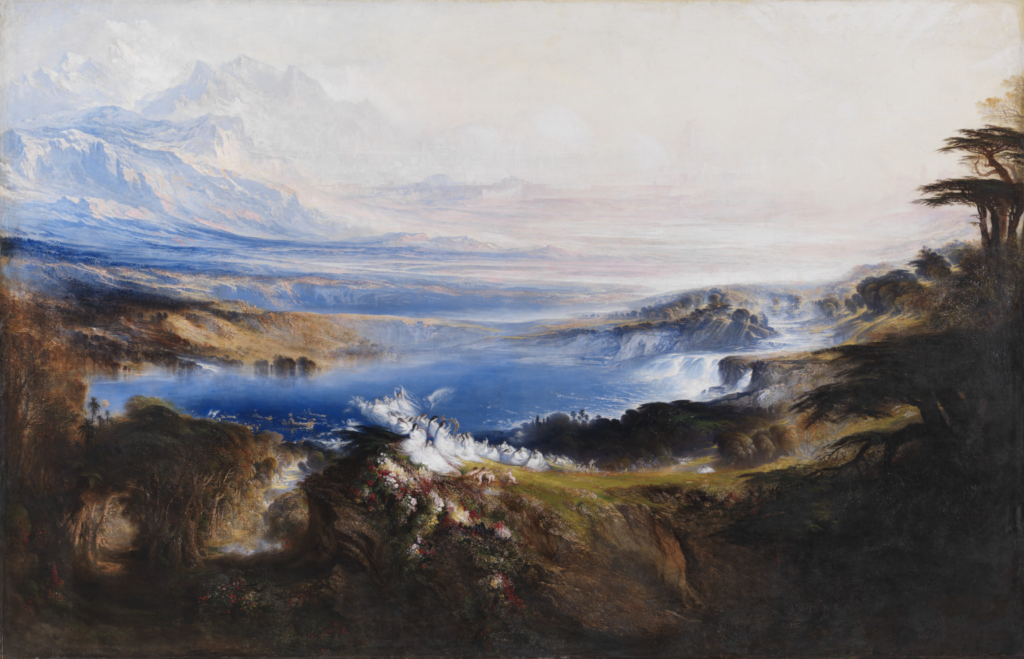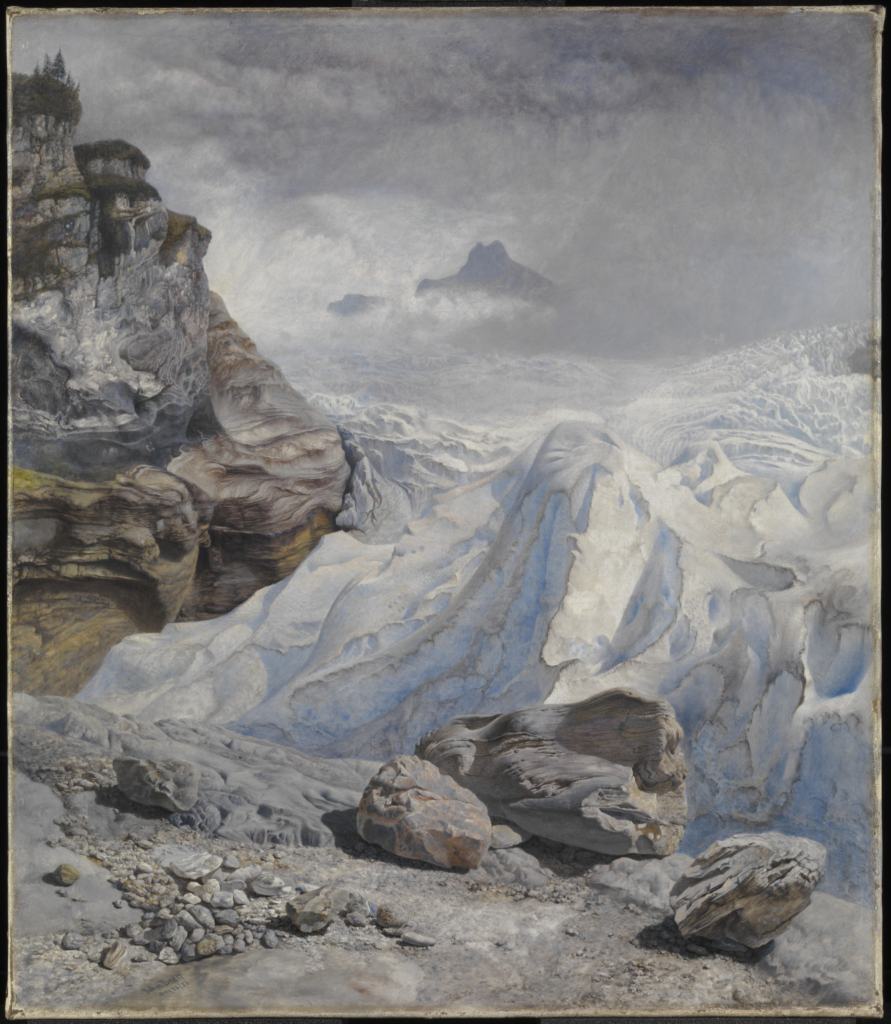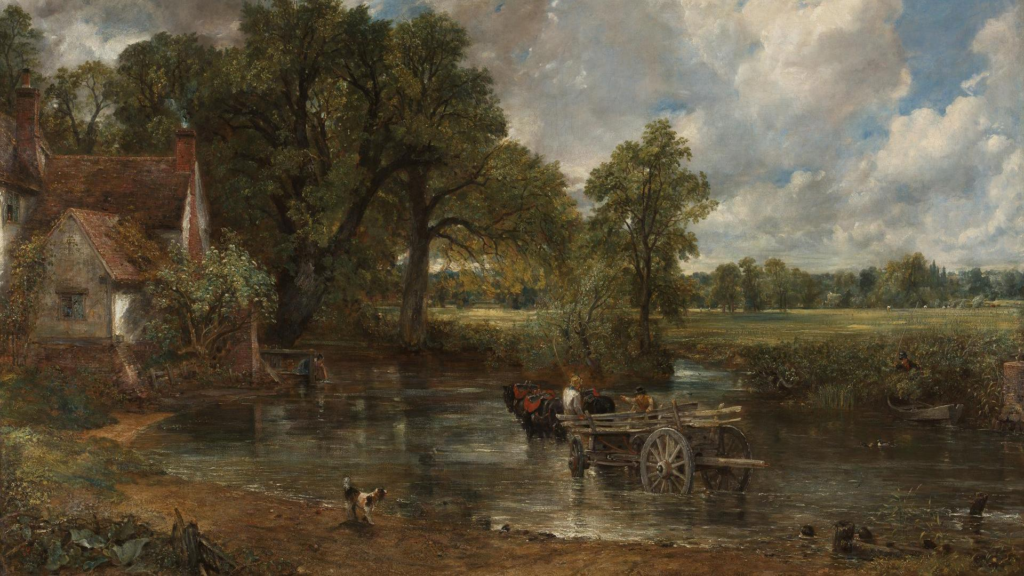What is Romanticism?
Romanticism: Romanticism (also known as the Romantic movement or Romantic era) is an artistic and intellectual movement that originated in Europe towards the end of the 18th century. For most of the Western world, it was at its peak from approximately 1800 to 1850.
Romanticism emphasized inspiration, subjectivity, and the primacy of the individual. Romanticism is linked with landscape and the sense of romance of the landscape features its spirit in full bloom.

What is the meaning of Romanticism Style?
Romanticism is characterized chiefly by a reaction against neoclassicism and has an emphasis on imagination and emotions.
Romantic artists depict their nostalgic sentiment through their work.
Effects that were used in Romanticism:
Small, Close strokes of complementary colours to create brilliance and vivid visual effect.

Subjectivity:
One main significant elements of Romanticism was increased emphasis on the personal and subjective power of the individual artist. Romantic artists began to explore different psychological, emotional, and mood states in their works. The Neoclassical obsession with genius and hero transformed into new ideas about the artist. Artists were able to express themselves fully, free from the tastes and rules.
Romanticism rejected the Age Of Enlightenment and Neoclassicism
What was the Neoclassical Period?
The Neoclassical Period was an art movement that sought to evoke the style of classical antiquity in writing, painting, sculpting, and architecture found in Greek and Roman culture. It was very popular between late 18th century and early 19th century.
Neoclassicism was a movement which involved idealized form. People were perfected not as they necessarily were but rather as an idealized version would. Romanticism hated that idea. Romanticism believed that the obsession with idealization led to a lack of emotion.
The Age of Enlightenment
Also known as the Age of Reason, was an intellectual and philosophical movement that occurred in Europe, especially Western Europe, in the 17th and 18th centuries, with global influences and effects.
Started in 1685 and ended in 1815.
The main idea for it was that reason is the primary source of authority and legitimacy. So, it was an emphasized reason over superstition and science over blind faith.
3 major ideas from the Enlightenment was the values of scepticism, reason and individualism.
Sublime:
Sublime means the high quality of greatness and beautiful through physical, moral, intellectual, metaphysical, aesthetic, spiritual and/or artistic. Also means, extremely good, beautiful or enjoyable.
“It is beautiful but terrifying at the same time due to its own power.”

Sublime in the 18th century was a concept first introduced by the philosopher Edmund Burke in the eighteenth century to describe art that is truly extraordinary, invoking a powerful mix of awe, wonder and terror.

Edmund Burke
Edmund Burke was known and remembered for his support for Catholic emancipation, the impeachment of Warren Hastings from the East India Company, and his staunch opposition to the French Revolution.
He had a famous quote which says, “The only thing necessary for the triumph of evil is for good men to do nothing”.

John Constable
John Constable RA was an English landscape painter in the Romantic tradition.
Constable is famous for his landscapes, which are mostly of the Suffolk countryside, where he was born and lived. He made many open-air sketches, using these as a basis for his large exhibition paintings, which were worked up in the studio.


The Hay Wain

The title, The Hay Wain, refers to the wooden wagon (wain) used for transporting cut and dried meadow grass (hay). The empty wagon is making its way through the shallow water to cross to the meadow on the other side where haymakers are at work.
The view is of the millpond at Flatford on the River Stour.
Flatford Mill was a watermill for grinding corn, operated by the Constable family for nearly a hundred years. It still survives and is about a mile from Constable’s birthplace at East Bergholt, Suffolk. The house on the left also survives; in Constable’s time it was occupied by tenant farmer Willy Lott.
It was created in the artist’s studio in London. Working from a number of open-air sketches made over several years, Constable then made a full-size preparatory oil sketch to establish the composition before painting the final picture.
The painting by John Constable depicts a tranquil countryside life. There is no sign of the Industrial Revolution going on at the time. People turned to his painting as an appreciation of rural life, away from the cities that were booming at the time.

Re-read some of your research. Some areas need developing with more detail. Particularly your John Constable Analysis. Make sure you analyse this thoroughly, use the video on the blog to help